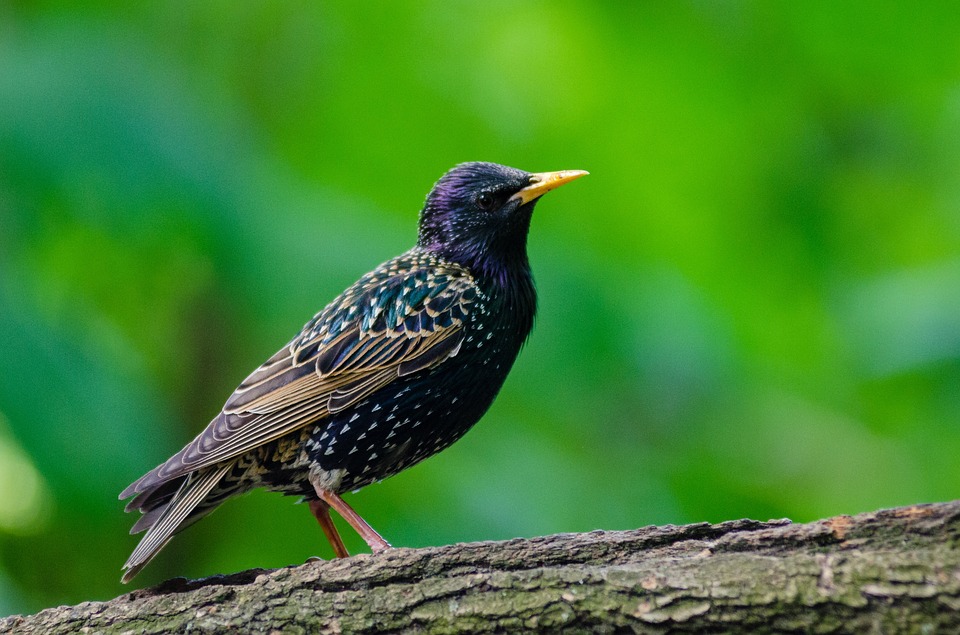
Elevage
In livestock buildings in particular, the damage caused by starlings can be considerable. They feed in the feed and water troughs of cattle, resulting in :
- Health risks
- A reduction in the feed ration available to the animals or rations soiled with dung, making them less appetizing. This can lead to stunted growth.
- A more limited productivity (up to 5% losses), a lower quality of milk and therefore less remuneration.
- Increased veterinary and feeding costs.
- Extra work to clean buildings and equipment
- A source of stress for the farmer
They can also feed directly on the silage pile. It is therefore necessary to keep them away from silos and buildings.
Farmers are developing techniques to prevent this damage:
1 - Change the filling times of the feeders
Starlings feed mainly during the day. Some farmers decide to distribute feed rations in the evening after dark when the starlings have left. In the morning, some farmers offer a different kind of feed, without maize.
2 - Restricting access to the silo during the day
For silo protection, it is recommended to protect the front of the silo by lowering the cover during the day.
Please note that both of these precautions require additional work, but their implementation can reduce the impact of starlings.
3 - Accoustic and visual repeller
AgriProTech advises to install as close as possible to the silo a AviTrac® AVT 9M bird repeller combined with its visuel option: ManTrac®.
The acoustic scare makes the area dangerous for birds. The inflatable ManTrac adds a visual dimension to the acoustic signals and adds a surprise effect.
We recommend moving this device regularly and sometimes coupling it with other scaring methods when predatory birds have developed a habit of feeding on the silo or feeders.
Agriculture
4 - Deep sowing technique
Starlings can also attack autumn seedlings. They dig up the superficially sown grain. The chamber of agriculture of La Manche (Normandie - France) (Article available in French only) tested a deeper seeding technique to make the seed inaccessible to starlings. However, this technique is not compatible with all weather conditions.
Feel free to share your experiences and how you keep starlings away in the comments!






